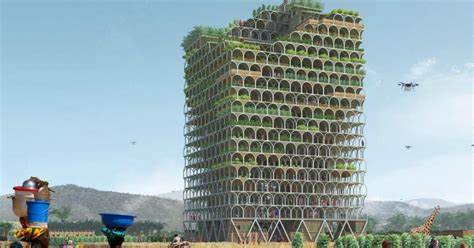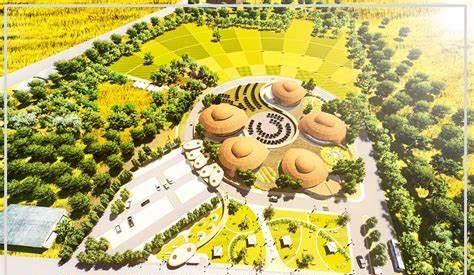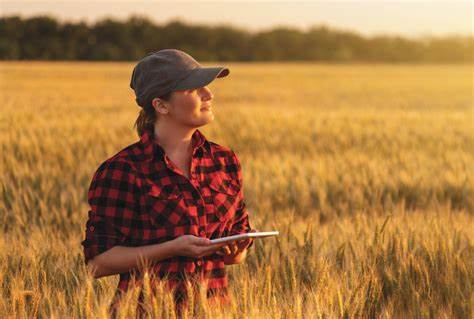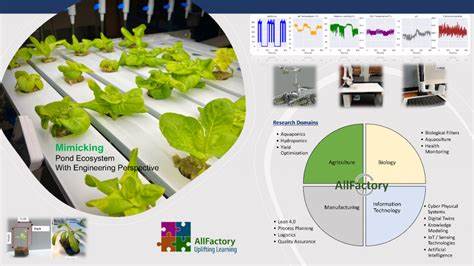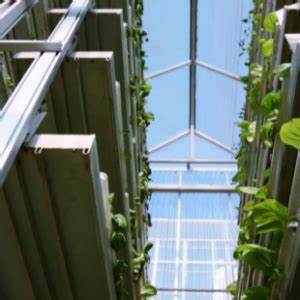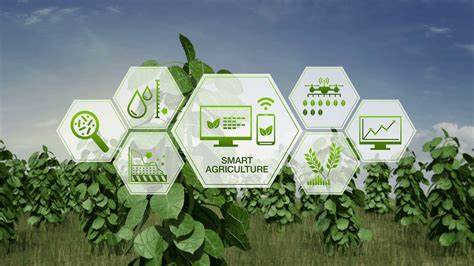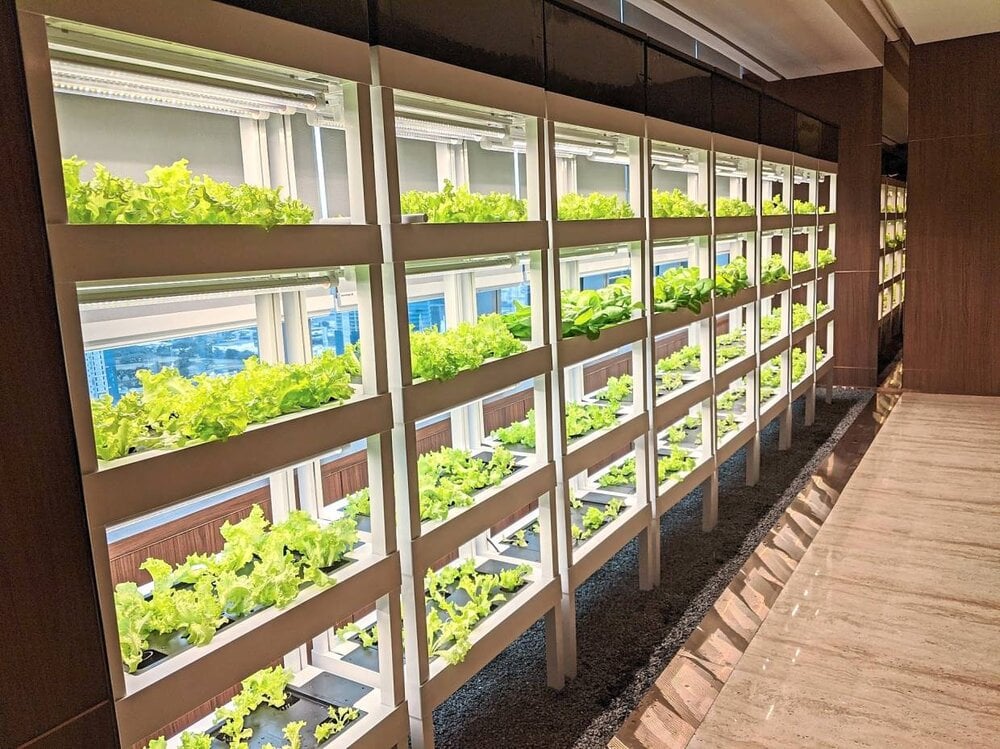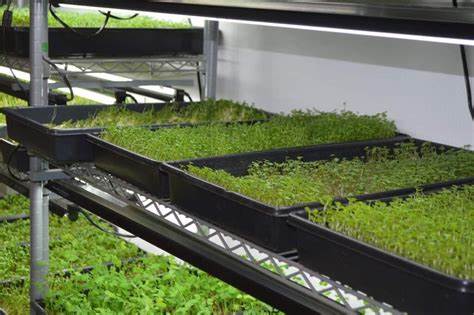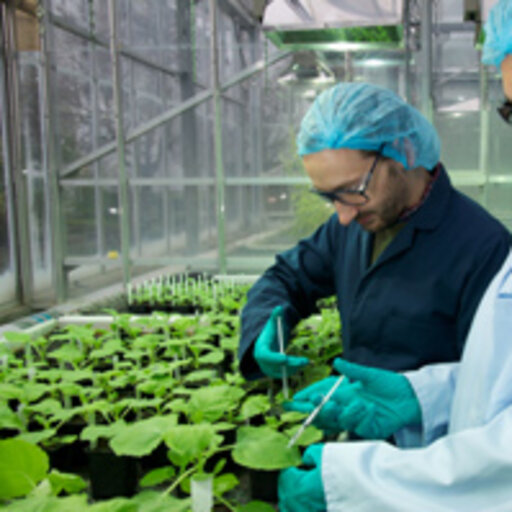Creating Inclusive Smart Buildings for All Abilities Introduction Inclusive smart buildings are designed to cater to the needs of individuals with diverse abilities, ensuring that everyone can navigate, access, and utilize the space effectively. These buildings prioritize accessibility, convenience, and user-friendly features to create inclusive spaces for all. The significance of inclusive smart buildings lies in their ability to promote independence, inclusivity, and equal opportunities for individuals with disabilities. Historical Background Smart buildings have evolved over time to become more inclusive and accessible. Initially, smart buildings focused primarily on automation and energy efficiency. However, with advancements in technology and growing…
Author: sohailkhan2k22
Introduction The increasing frequency and intensity of natural disasters have highlighted the importance of smart buildings in disaster resilience. This article explores the relevance of studying lessons from past disasters and examines how smart buildings have evolved in disaster management over the years. Historical Background As disasters struck, building design and resilience underwent significant transformations. Early examples of disaster resilience in building design showcased the importance of incorporating resilient features to withstand natural disasters and ensure the safety of occupants. Key Concepts and Definitions To understand the role of smart buildings in disaster resilience, it is essential to define key…
Real Estate Value Appreciation in Smart Buildings: A Game Changer in the Real Estate Market Introduction Real estate value appreciation in smart buildings is a concept that has gained significant traction in recent years. As the world becomes increasingly interconnected and technology-driven, the real estate industry has witnessed a paradigm shift towards the adoption of smart building technologies. In this article, we will explore the concept of real estate value appreciation in smart buildings, its relevance and importance, and the potential benefits and impacts it can have on the real estate market. Historical Background The evolution of smart buildings in…
Introduction The world is increasingly recognizing the urgency of adopting sustainable practices, particularly in the construction industry. This comprehensive guide aims to provide a deep understanding of LEED (Leadership in Energy and Environmental Design) and Green Building Certification, highlighting their significance in promoting environmentally-friendly construction. Historical Background The green building movement traces its roots to the early adoption of sustainable practices in the construction industry. As time progressed, LEED emerged as a leading certification system, driving the industry towards sustainable design and construction. Key Concepts and Definitions LEED serves as a rating system that evaluates the environmental performance of buildings.…
Compliance with Cybersecurity Standards: Protecting Organizations and Stakeholders Introduction Compliance with cybersecurity standards plays a critical role in safeguarding organizations and their stakeholders against the ever-growing threat landscape. In this comprehensive guide, we will explore the importance of complying with these standards, delve into the historical background that influenced their development, and discuss key concepts and definitions related to compliance. Historical Background The necessity for cybersecurity standards emerged in the early days of computing as the need to protect sensitive information became evident. Throughout history, significant milestones and events have shaped the current landscape of compliance. With the rise of…
Vertical Farming: Revolutionizing Agriculture for Sustainable Food Systems Introduction Vertical Farming is an innovative agricultural practice with the potential to transform food production. With the global population increasing and concerns about food security rising, this sustainable farming method offers a promising solution. This article explores the history, benefits, integration with food sovereignty movements, case studies, current trends, challenges, controversies, and future outlook of vertical farming and its relationship with food sovereignty. Historical Background Vertical farming originated in the early 20th century with the concept of growing crops in vertically stacked layers. However, it was not until the 21st century that…
Vertical Farming: Empowering Communities Through Agriculture Introduction Vertical farming is an innovative approach to agriculture that involves growing plants in vertically stacked layers, typically in controlled environments such as skyscrapers or shipping containers. This method of farming offers numerous benefits, including increased food production, reduced environmental impact, and the creation of job opportunities. In this article, we will explore the historical background, key concepts, and definitions, as well as the main discussion points surrounding vertical farming and its relevance in empowering communities through agriculture. Historical Background The concept of vertical farming can be traced back to the Hanging Gardens of…
Vertical Farms: Empowering Women in Agriculture for a Sustainable Future Introduction Vertical farms have emerged as a promising solution to the challenges of traditional agriculture, offering a sustainable and efficient way to grow crops in urban environments. In this article, we explore the role of women in agriculture and discuss how their empowerment can contribute to the success of vertical farms. By highlighting the potential benefits and challenges associated with these innovative farming systems, we aim to shed light on the importance of gender equality in shaping the future of agriculture. Historical Background To understand the significance of vertical farms…
The Role of Vertical Farming in Ecosystem Restoration Introduction Vertical farming has emerged as a revolutionary solution to address the challenges of food production and environmental sustainability. This article explores the relevance and importance of vertical farming in ecosystem restoration, shedding light on its potential benefits and contributions. Historical Background The origins and development of vertical farming can be traced back to the early 20th century, with the concept gaining significant attention in recent decades. Concurrently, the efforts towards ecosystem restoration have evolved, driven by the growing recognition of the need to reverse environmental degradation and preserve biodiversity. Key Concepts…
Vertical Farming: Preserving Rare Plant Species for the Future Introduction Vertical farming is an innovative agricultural practice that involves growing crops in vertically stacked layers, often in controlled environments. This method has gained significant attention in recent years due to its potential to address various challenges of traditional agriculture. In the context of preserving rare plant species, vertical farming offers unique advantages and possibilities that can contribute to biodiversity conservation. Historical Background The origins of vertical farming can be traced back to ancient civilizations, where structures like the Hanging Gardens of Babylon showcased the concept of cultivating plants above ground…
Vertical Farms: Revolutionizing Resilient Food Systems Introduction Vertical farms are an innovative solution to the challenges posed by population growth, climate change, and urbanization. These farms utilize vertical space to grow crops in controlled environments, effectively maximizing land, water, and energy resources. In this article, we will explore the concept of vertical farming and its relevance in building resilient food systems. Historical Background The concept of vertical farming can be traced back to the early 20th century, with the introduction of multi-story greenhouses. However, it wasn’t until the 1990s that the modern concept of vertical farming took shape. Dr. Dickson…
Introduction In today’s rapidly advancing world, the concept of vertical farming has gained significant attention and recognition. This innovative approach to agriculture holds the potential to transform the way we grow and produce food. By utilizing vertical space and integrating cutting-edge technology, vertical farming offers a promising solution to address the challenges of traditional farming methods. In this article, we will explore the historical background, key concepts, and potential benefits of vertical farming, as well as examine case studies, current trends, challenges, and the future outlook of this revolutionary practice. Historical Background The roots of vertical farming can be traced…
Vertical Farming: Revolutionizing Agriculture through Human-Centered Design Introduction Vertical farming, an innovative approach to agriculture, has gained immense popularity in recent years. This practice involves growing crops in vertically stacked layers, utilizing indoor environments and advanced technologies. However, the success of vertical farming is not solely reliant on technology; it also requires human-centered design principles to create efficient and sustainable spaces. In this article, we will explore the importance of human-centered design in vertical farming and its potential benefits for improving efficiency, sustainability, and overall user experience. Historical Background Vertical farming has experienced a remarkable evolution over time. It originated…
Vertical Farms in Developing Nations: Revolutionizing Agriculture for Food Security and Sustainability Introduction Vertical farming is a concept that has gained significant attention in recent years, especially in the context of developing nations. As urbanization increases and arable land becomes scarce, the need for alternative methods of food production becomes essential. This article explores the relevance and importance of vertical farms in addressing food security and sustainability issues in developing nations. Historical Background The origins of vertical farming can be traced back to the early 20th century, with the works of pioneers such as Gilbert Ellis Bailey. However, it was…
Vertical Farming and the Circular Economy of Agriculture Introduction The concept of vertical farming has gained significant attention in recent years due to its potential to revolutionize the agricultural industry. This article explores the relevance and importance of vertical farming in the context of the circular economy. Historical Background Evolution of Agriculture Practices Throughout history, agriculture practices have evolved in response to various factors such as population growth, technological advancements, and changing environmental conditions. From traditional farming methods to industrialized agriculture, the sector has constantly adapted to meet the growing demand for food. Emergence of Vertical Farming and Circular Economy…
Vertical Farming: Revolutionizing Sustainable Urban Development Introduction Vertical farming has emerged as a critical solution for sustainable urban development, addressing pressing issues of food security and environmental concerns. This innovative approach to agriculture involves cultivating crops in vertically stacked layers, using advanced technologies such as hydroponics and aeroponics. By maximizing land and resource efficiency, vertical farming has the potential to transform urban landscapes and ensure a sustainable future. Historical Background The concept of vertical farming can be traced back to the early 20th century when visionaries like Buckminster Fuller and M. C. Escher first explored the idea of growing crops…
Vertical Farming and the Revival of Local Food Economies: An Overview Introduction Vertical farming has gained significant attention in recent years as an innovative agricultural technique. This concept involves growing crops in vertically stacked layers, utilizing advanced technologies such as hydroponics, aeroponics, and artificial intelligence. On the other hand, the revival of local food economies aims to strengthen community-based food systems and reduce dependence on global supply chains. This article provides an overview of vertical farming and its relevance in addressing food security, sustainability, and economic resilience. Historical Background The modern concept of vertical farming emerged in the 20th century…
Vertical Farming: Revolutionizing Food Production for a Growing World Introduction Vertical farming has emerged as a groundbreaking solution to address the challenges posed by population growth. This innovative method of cultivating crops vertically, within controlled environments, holds tremendous potential for sustainable food production. By maximizing space and resources, vertical farming offers an exciting alternative to traditional agriculture. This article will delve into the concept of vertical farming, its historical background, key concepts, benefits, case studies, current trends, challenges, and future prospects. Historical Background While vertical farming may seem like a novel concept, its roots can be traced back to ancient…
Vertical Farms: Revolutionizing Agriculture with Drought-Resistant Crops Introduction Vertical farms and the quest for drought-resistant crops have emerged as crucial solutions in addressing the challenges of global food security and sustainability. This article delves into the historical background, key concepts, main discussion points, case studies, current trends and developments, challenges and controversies, future outlook, and the potential implications of these innovative approaches. By integrating vertical farms and drought-resistant crops, we can revolutionize agriculture and ensure a sustainable supply of food for future generations. Historical Background Vertical farming has its roots in ancient agriculture practices, such as the Hanging Gardens of…
Vertical Farming: Revolutionizing Sustainable Restaurants Introduction In today’s rapidly changing world, the concept of vertical farming has emerged as a game-changer in the context of sustainable restaurants. Vertical farming refers to the practice of growing crops in vertically stacked layers, utilizing techniques such as hydroponics, aeroponics, and aquaponics. With the potential to revolutionize the future of food production, vertical farming holds immense importance for sustainable restaurants, offering a myriad of benefits. Historical Background Vertical farming, although relatively new, has its roots in the early developments of agriculture. The concept can be traced back to the ancient Hanging Gardens of Babylon,…







